How to stop overspending – My personal attempt
As someone who holds firmly to the treat yo self mantra, I find myself subconsciously overspending more often than not. From unnecessary cab rides even when I’m not running late, to eating out at expensive cafes and ordering food delivery, it’s easy for me to overspend especially since I’m not used to tracking my finances.
In secondary school however, I somehow managed to survive on $50 per week for my weekday expenditure. This included the occasional splurge on an after school Starbucks drink or McDonald’s value meal.
In an attempt to find out how frugal I can be when I set my mind on it, I decided to embark on a two-week journey of surviving on just $10 a day – a.k.a my secondary school allowance. Cards on the table: there were some instances of overspending but hey, at least you can pick up some tips from my failed attempts to resist temptation.
Check out our other finance related guides:
My spending habits before the challenge
Instead of the bus or MRT, private hire rides are unofficially my default form of transport. The multitude of promo codes they put out have certainly not helped with this unhealthy habit, as I get the sense that I’m racking up irresistible savings.

Image credit: @mr.coconutsg
I would also find myself tempted to dine out on the regular, with each meal costing easily $15 – $20 – before you even factor in my BBT or Mr. Coconut splurges.
I’m not proud to admit it, but I don’t really have the habit of saving much nor tracking my expenses. To curb the bad habit of spending mindlessly, here’s my attempt at a $10/day – amounting to $70/week – challenge to keep myself from overspending. The budget includes transportation, food, and even activities to tide me by.
How I planned to stick to my budget
For starters, I planned to save by eating home cooked food on most days, and stick to only going out with friends on the weekends so that I’d have more accumulated money to spend then. Going out would also have to be economical, and I aimed to only eat at food courts or kopitiams to keep meals cheap and within budget.
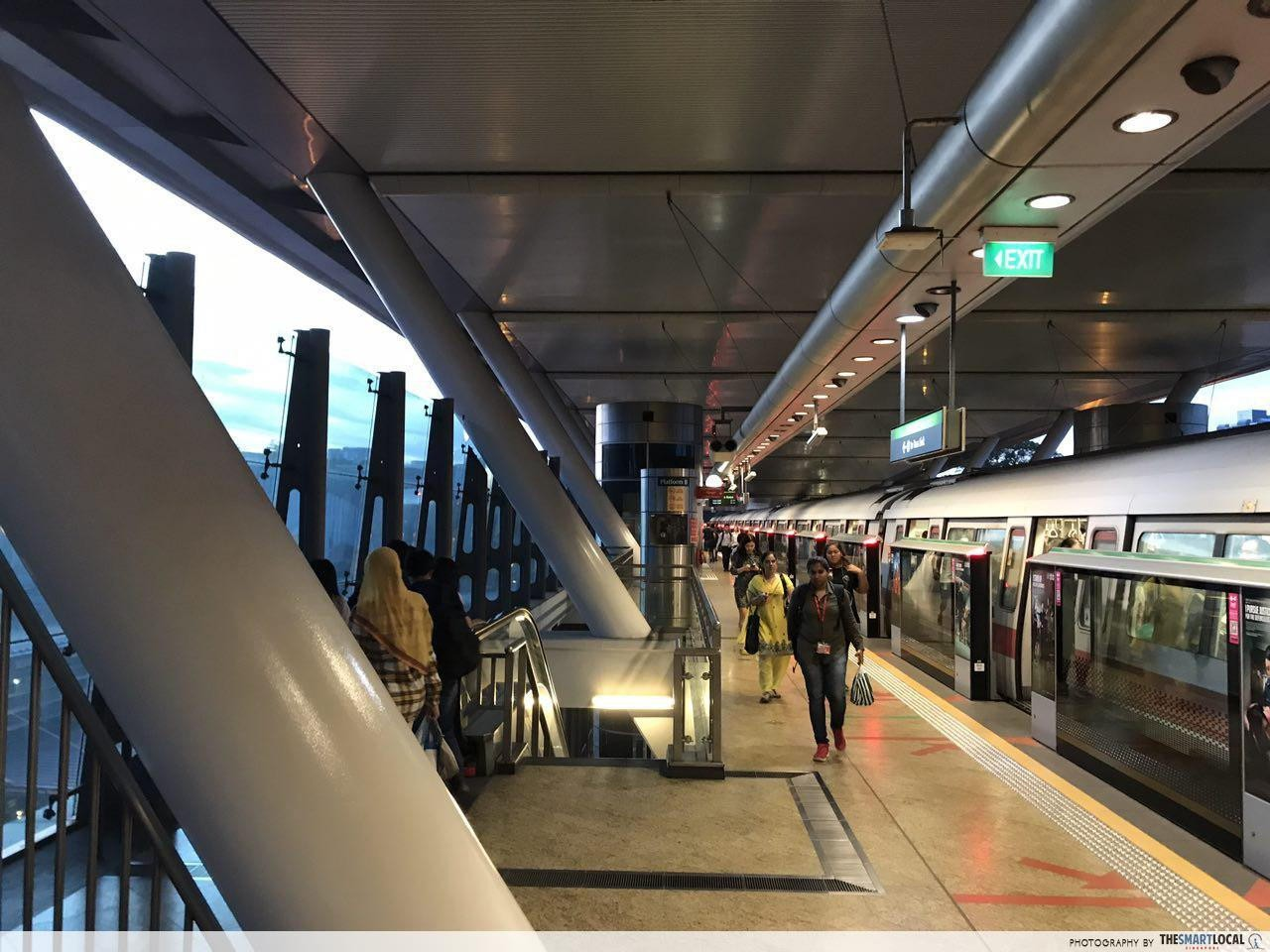
As for getting around, sticking to buses and trains was the plan but if I did have extra money left from the budget, treating myself to the occasional cab or private hire ride wouldn’t be a bad idea – if the price happened to be justifiable. Sadly, that meant no succumbing to quick and comfy commutes in the event of peak surcharges!
Living in Singapore on $70/week
Week one
During the first week, I was pretty determined to stay on budget. I resisted almost every temptation to order lunch through food delivery platforms while working from home, or eat out at restaurants when I had meet-ups with friends.

Image credit: Priscilla Tan
To quell my WFH hunger pangs, I took a walk down to the Chef-In-Box vending machine at my condo’s clubhouse instead of ordering lunch delivery. I scored a $4.50 meal which was quite a steal. But at the end of the day, it is just frozen food so you can’t expect too much in terms of taste and quality.
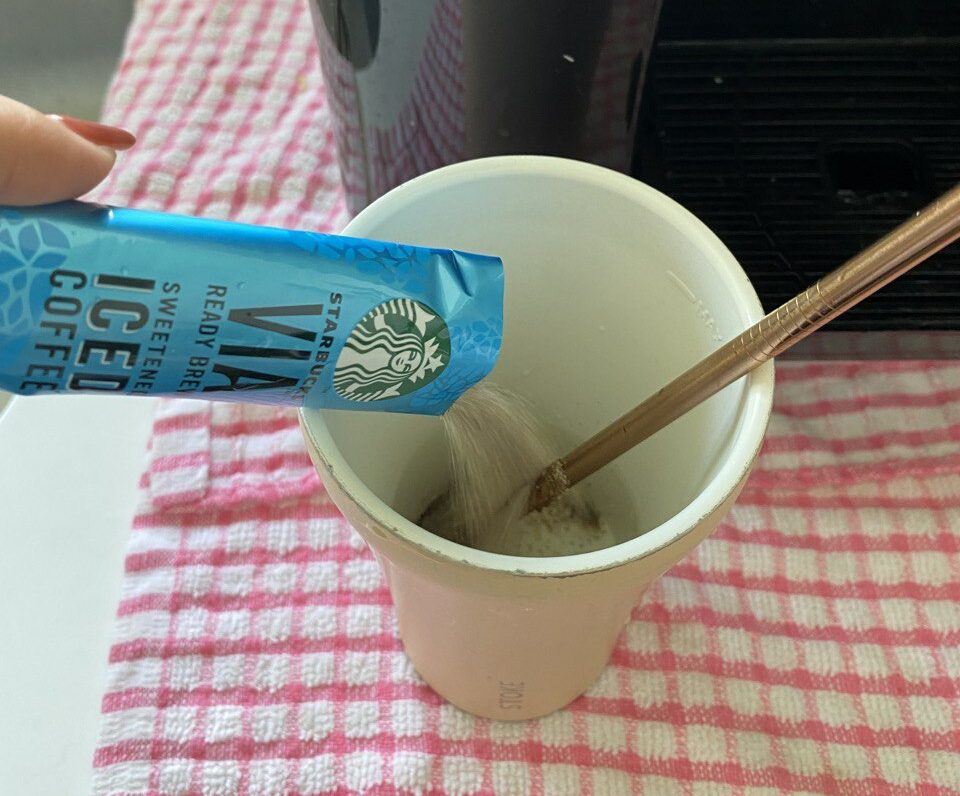
Image credit: Priscilla Tan
With respect to fuelling my coffee addiction but not wanting to spend $5 – $6 on a single cup of cafe coffee, I decided to buy the instant coffee from Starbucks at $6.90 for five sticks. This came to only $1.40 a cup, comparable or even cheaper than some kopi peng from coffeeshops. Talk about mad savings.
And when I did have plans to meet friends, be it in town or around the neighbourhood, I made sure to keep my overall budget for each outing to $10 and below. This included the meal, transportation, and any additional shopping or activities.
However, with MRT rides costing around $2 a trip, transportation fees have made a considerable jump since my secondary school days. Gone is the glorious era of student fares and being able to survive longer than a week with each $10 EZ-Link card top-up.
The next big challenge was trying to keep my meals affordable even when dining out. This was especially tough when I ventured to places like town, where meals are typically on the pricier side.
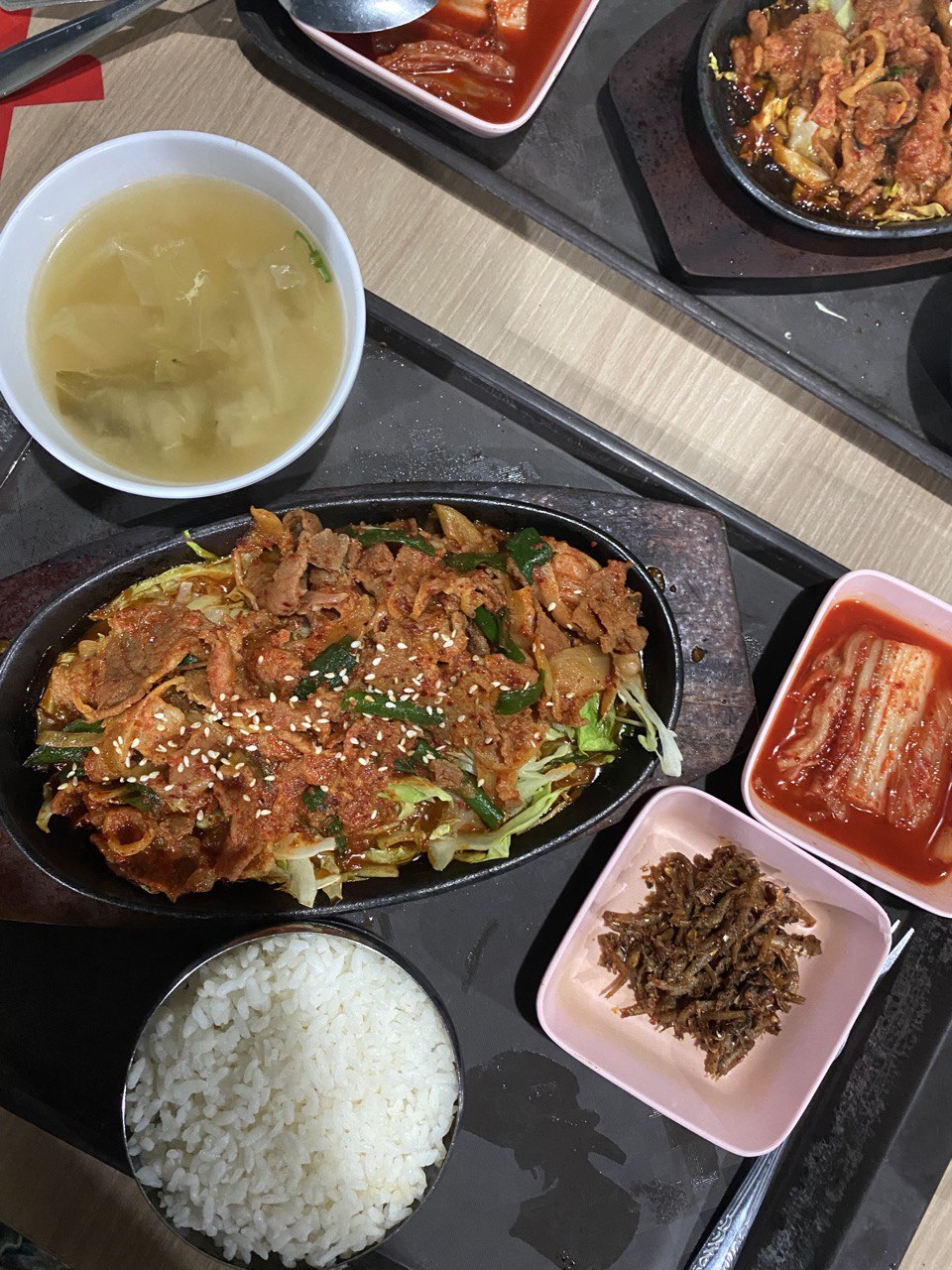
Image credit: Priscilla Tan
Congratulations are in order, as I scored a meal from Kim Dae Mun that was both filling and yummy. Located at Concorde Hotel – conveniently sandwiched between Somerset and Dhoby Ghaut – this authentic Korean eatery is a hot favourite especially among art school and private uni students in the area.
For $10, I was able to savour a hearty Korean set meal that had generous portions of meat, rice, soup, and even some side dishes to bring it all together. All things considered, you’d be hard pressed to find a better deal when eating in town, where cafes and restaurants can charge roughly $25+ per main course.
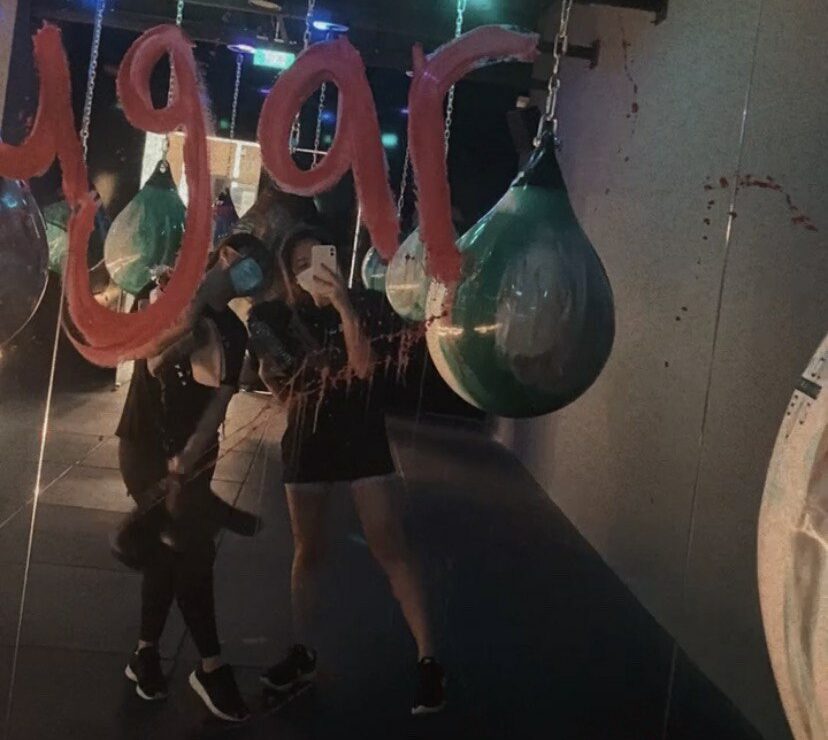
Working up a sweat and getting my fill of endorphins at a boxing fitness class
Image credit: Priscilla Tan
Recreation wise, I signed up for a free 1-month trial of ClassPass, which meant that I could attend up to five fitness classes without having to spend a single cent. It’s a pretty good deal if you ask me, considering that you get to choose from various gyms and studios all around Singapore, providing popular fitness classes like spin, boxing and HIIT.
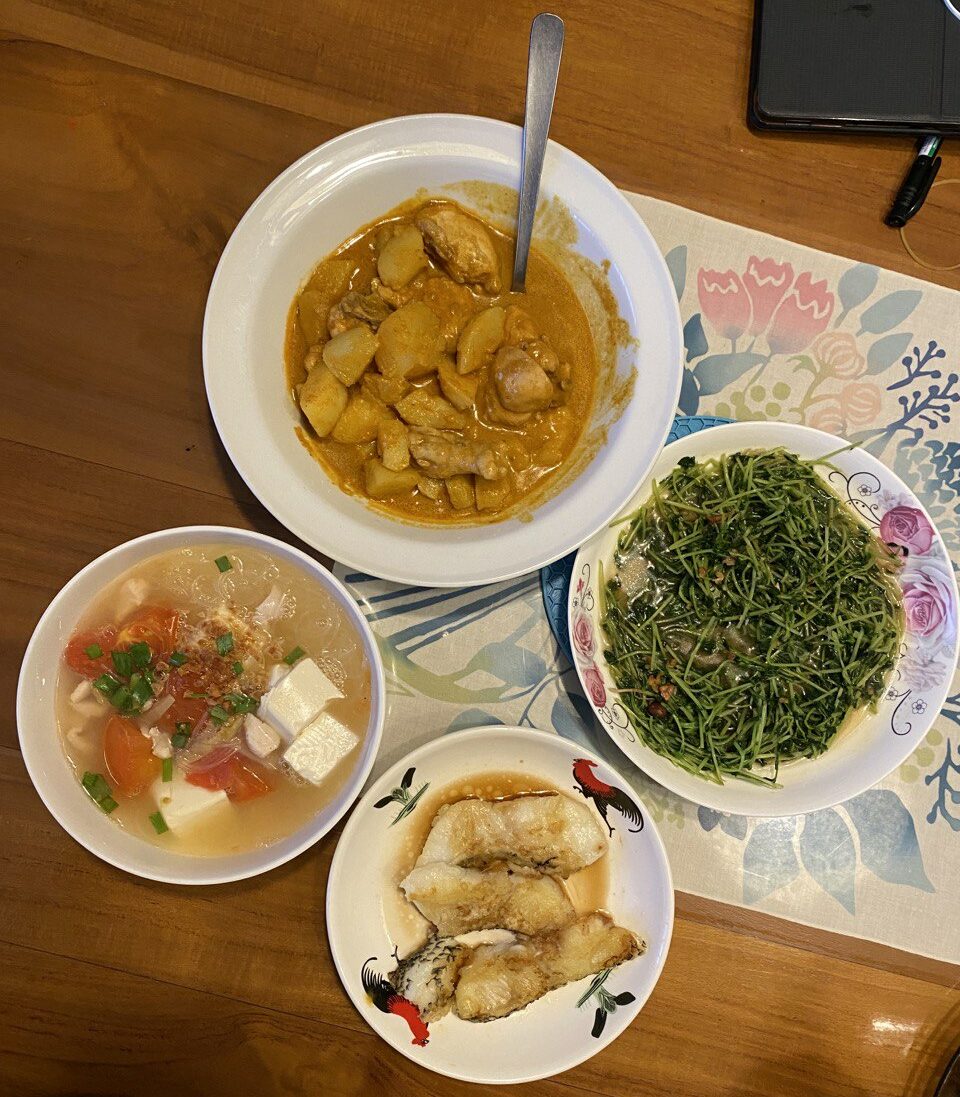
Staying in meant enjoying more meals at home cooked with love, instead of dining at cafes and restaurants.
Image credit: Priscilla Tan
An unexpected development during my challenge was that I got so busy with work that I prioritised rest, which led to less outings during weeknights.
The upside was that I was able to save precious dollars throughout the weekdays, leading to a bigger pot of spending money when the weekend finally came – and more spending freedom when I met up with friends.
Week two
By the second week, you’d think that I would be more used to the budget but TBH, I was feeling a little fatigued by the constant tracking of expenses. Mini disappointments here and there whenever I exceeded the tight $10/day budget didn’t help at all, and I felt it taking a toll on my initial optimism.
Spoiler alert: I did burst my budget and had to scramble to recover…and my total damage for the second half of this challenge took me well into the triple digits.

Went clothes shopping for a friend’s wedding but resisted the temptation to get a new outfit. Yay me!
Image credit: Priscilla Tan
When Black Friday came around, I’m proud to say that I only spent $44 on a Gymshark top and $14.50 on a Nike shirt, though those purchases added up to be almost my whole week’s worth of spending money.
In addition to that, I had a friend’s wedding to attend that same weekend which meant having to give red packets, so sticking to only $70 a week was entirely out of the question.
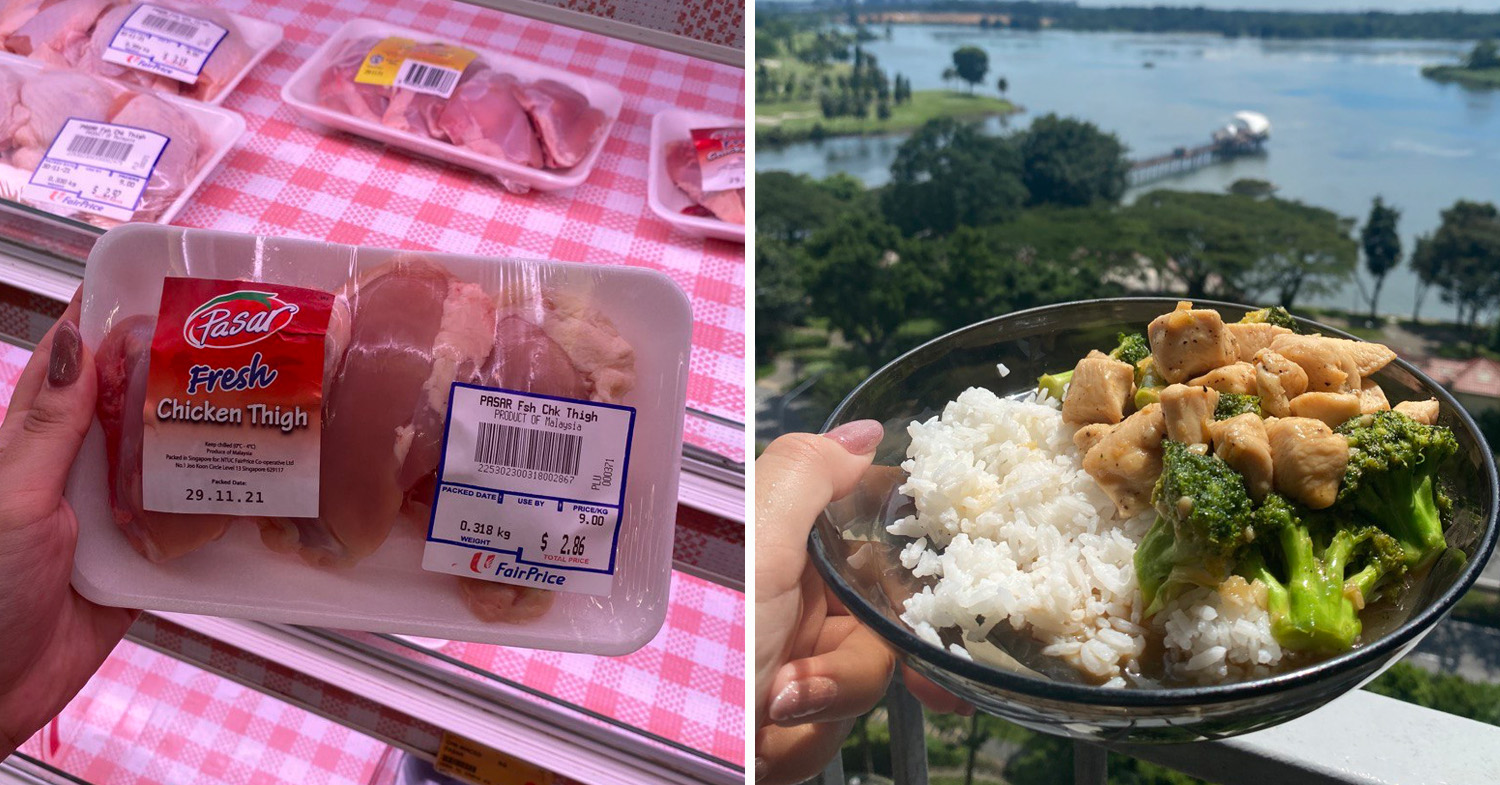
Image credit: Priscilla Tan
I tried, however, to make up for going excessively over the budget by cooking my own lunches at home. I spent $4.30 on chicken and broccoli for two days’ worth of lunches, and used whatever sauces I had lying around the house to save even more. This meant that each meal only cost $2.15, even less than a serving of cai fan.

Image credit: Priscilla Tan
When I had plans to meet friends, we arranged to hang out at each other’s houses so we could save on dine-in meals and drinks outside. Though this meant spending money on takeaway food and travelling to their places nonetheless, we were able to at least avoid the GST and service charges restaurants and bars usually have.
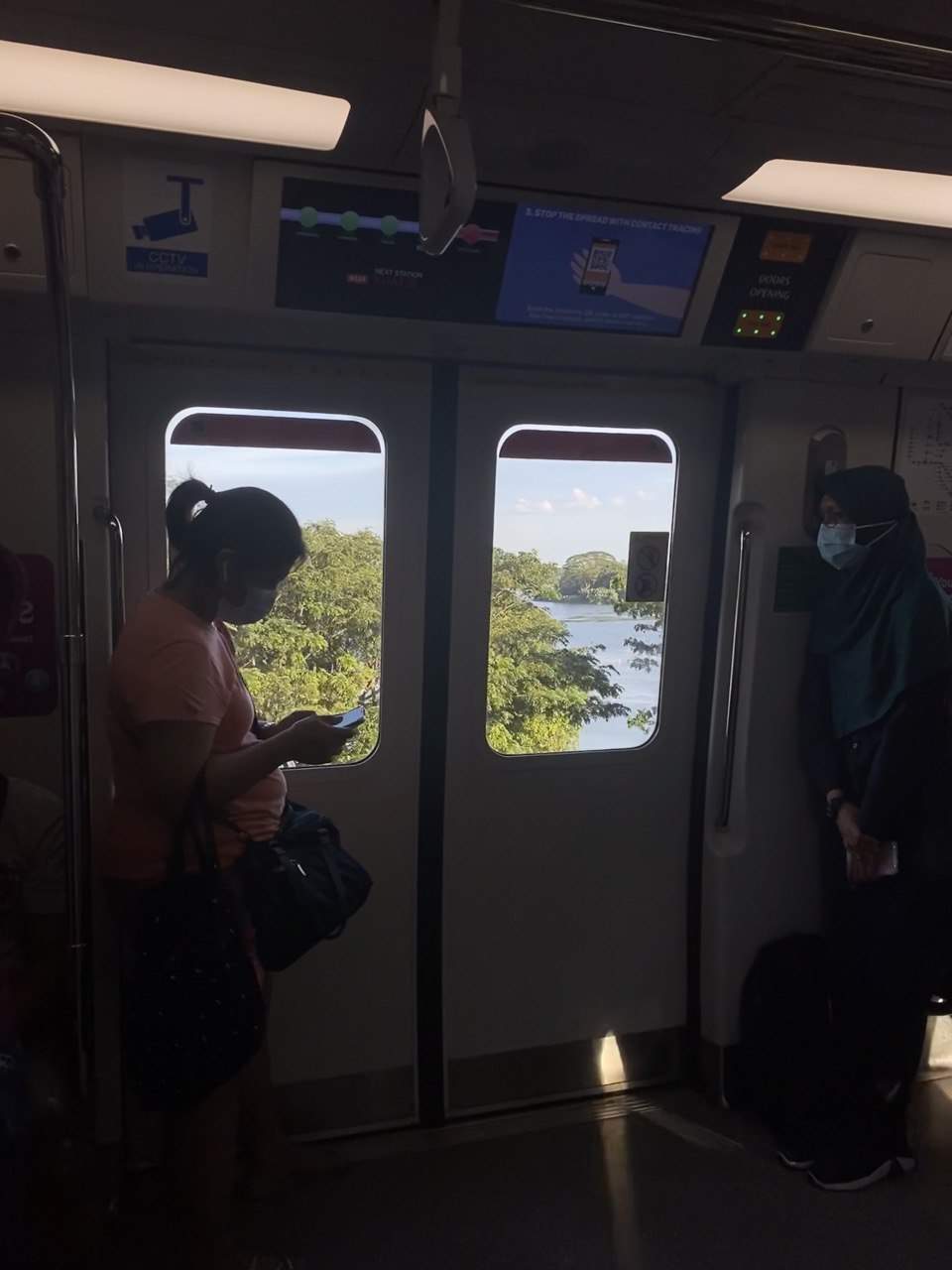
Taking the MRT meant cheaper trips and unexpected views to enjoy on the way
Image credit: Priscilla Tan
I’m proud to say that I tried my very best to keep spending at a minimum beyond the Black Friday purchases and wedding angbao money. All while not compromising my social life and prior plans, might I add.
After all, I didn’t want to come out of the challenge estranged from my buddies after turning down their jios and opting for the hermit life instead, even if it meant having a fatter bank account.
How I fared
Though I didn’t exactly stick to the budget – having spent about $80 for the first week and a whopping $300 for the second – I would like to applaud myself. For someone as admittedly used to overspending as myself, I’m proud of the fact that I put in the effort to spend less whenever I could.
Having $10/day as pocket money wasn’t all that difficult back when I was in secondary school, because of how lowly priced the meals were. I mean, $2 for a decent meal from the school canteen? Even when my friends and I would go out for meals after school, we still managed to score pretty cheap student meals for $5 at fast food joints like McDonald’s and KFC.
We also didn’t have financial obligations and certain necessary expenditures when we were just kids. For example, having to give angbao to celebrate my friend’s matrimonial bliss was a stark reminder that we’re all fulfilling adulthood duties now.

Pro tip: Save money with home workouts or simply going on a jog at the park.
Image for illustration only
There was also no need to fork out hefty fees for fitness classes or gym packages back in the day, what with PE classes and frolicking on the playground keeping us active.
It’s not all bad though. This experience has indeed made me more mindful of my excessive spending, and I found myself constantly thinking twice about my purchases – asking myself if they were absolutely necessary. I also realised that there are plenty of cheaper – or even free things to do in Singapore.
Though I can’t say for sure that my spending habits have improved, I’m at the very least going to try and stick to a more realistic budget from now on, and track my expenses diligently.
Realistic tips on saving money
As a full-grown adult living in Singapore, following your secondary school pocket money as a guideline might not be the most realistic, as food and travel costs were heavily subsidised during your student years.
However, you can plan out a budget based on your spending habits or follow the 50/30/20 rule, where 50% of what you earn goes to necessities, 30% to wants and 20% to savings.
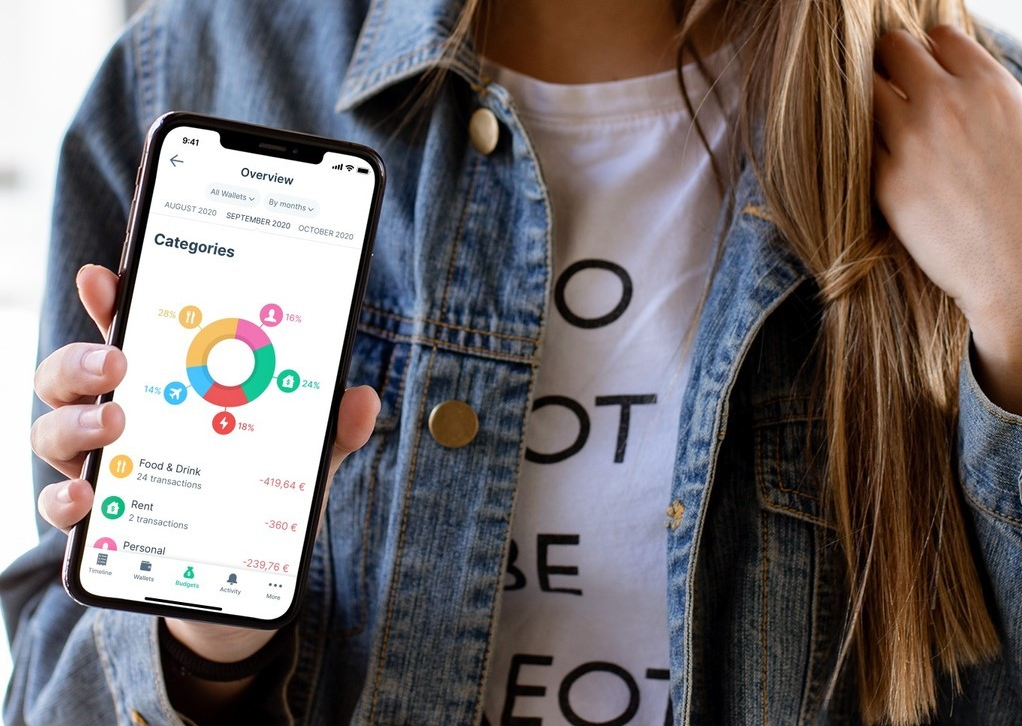
Image credit: @spendeeapp
Free expenditure tracking apps like Monny and Spendee would also be useful in tracking your spending and ensuring that you’re on budget. If anything, it’ll help you identify the areas in your life you overspend most on, so you can nip the issues in the bud before the bulk of your income starts going toward cafe-hopping or excessive retail therapy.
You can also make use of certain cards or loyalty apps to get the most bang for your buck. These include applying for credit cards to collect points for cashback or discounts, or shopping and private hire ride apps which allow you to redeem vouchers to offset your expenditure.
Saving money is never easy, and as much as we don’t want to sound like a naggy mum or financial advisor giving you a lecture, it’s absolutely essential. Things may be smooth-sailing now, but you won’t want to be caught in a situation where you have barely any savings during a rainy day emergency.
Take baby steps along the way and slowly adjust yourself to the habits of healthy finances. You’d be surprised how much your small contributions to the piggy bank can add up over time.
Check out other perspective articles here:
- Travelling to Germany on the VTL
- Why I Hid My Tattoos From My Parents
- Starting A Career In Tourism During The Pandemic
Cover image adapted from: Priscilla Tan
Originally published on 31st December 2021. Last updated on 19th March 2025.
